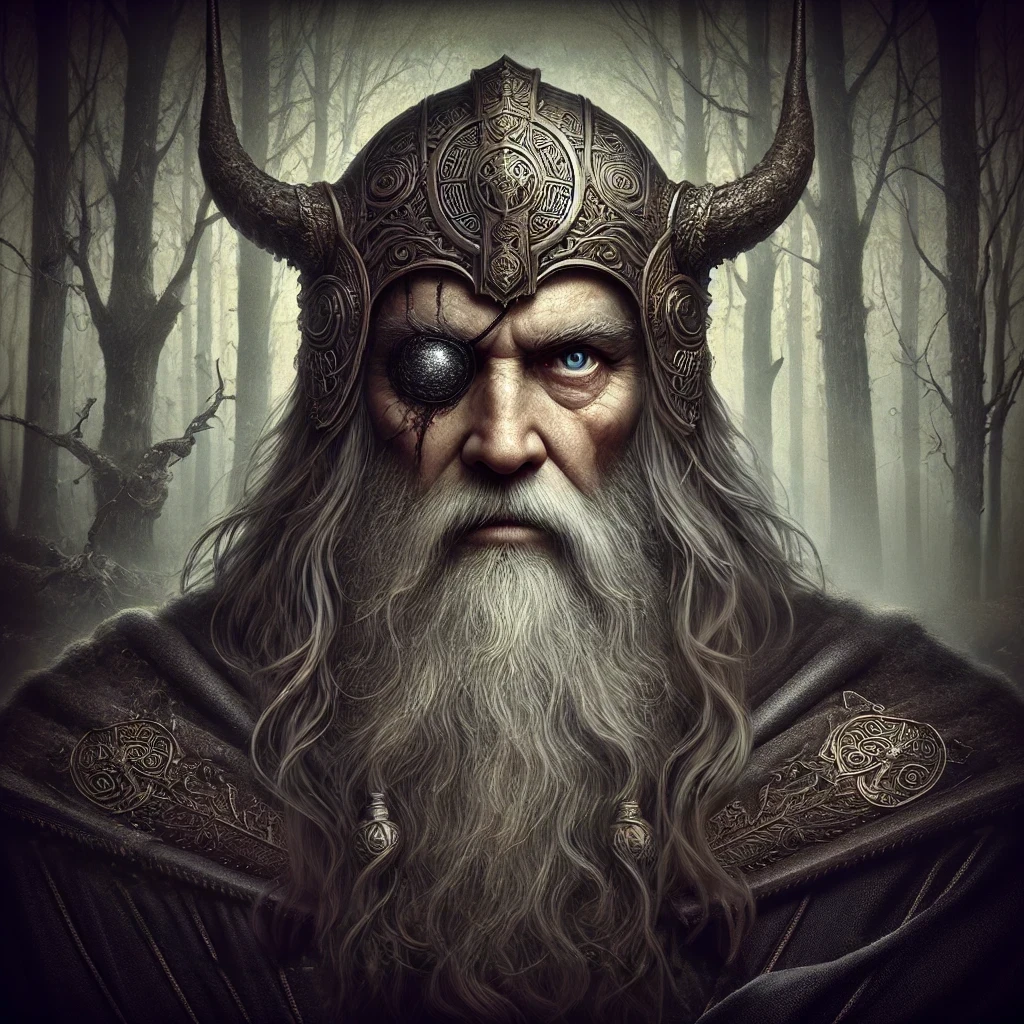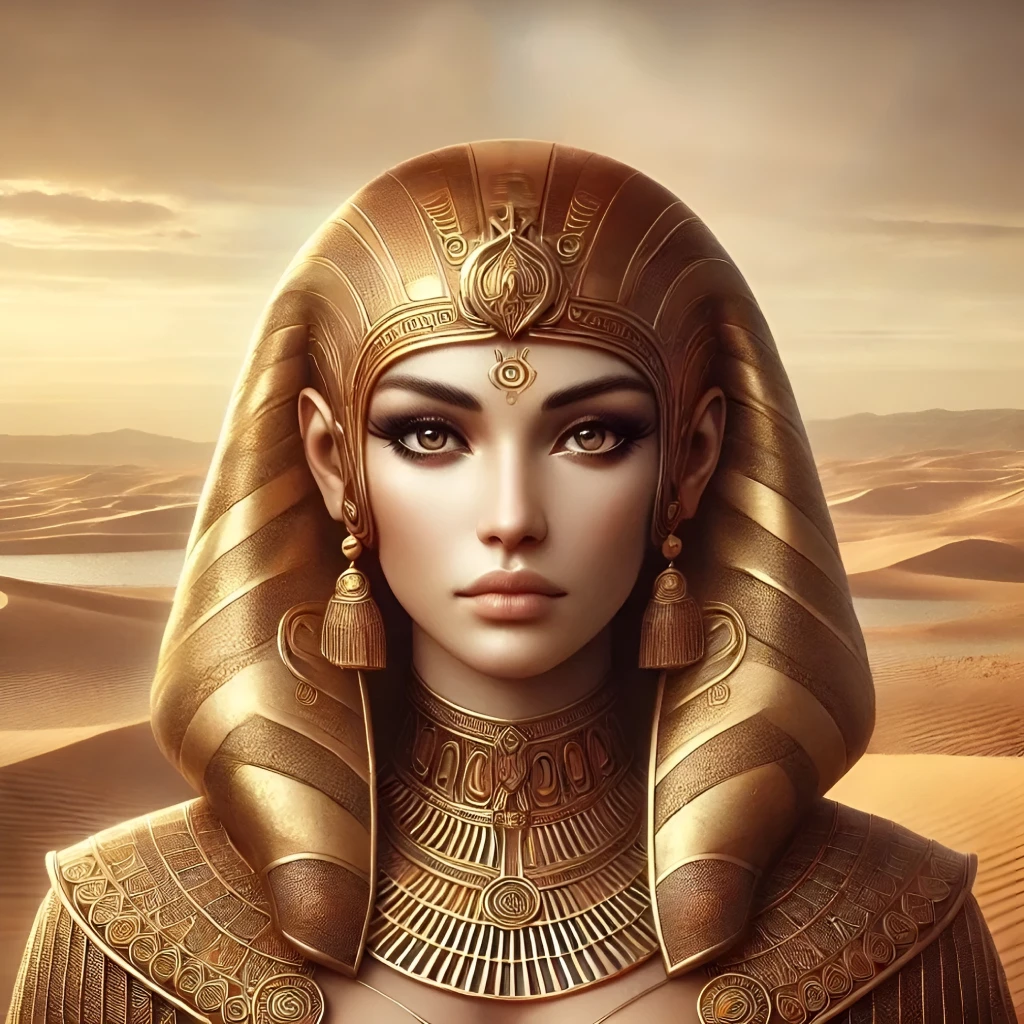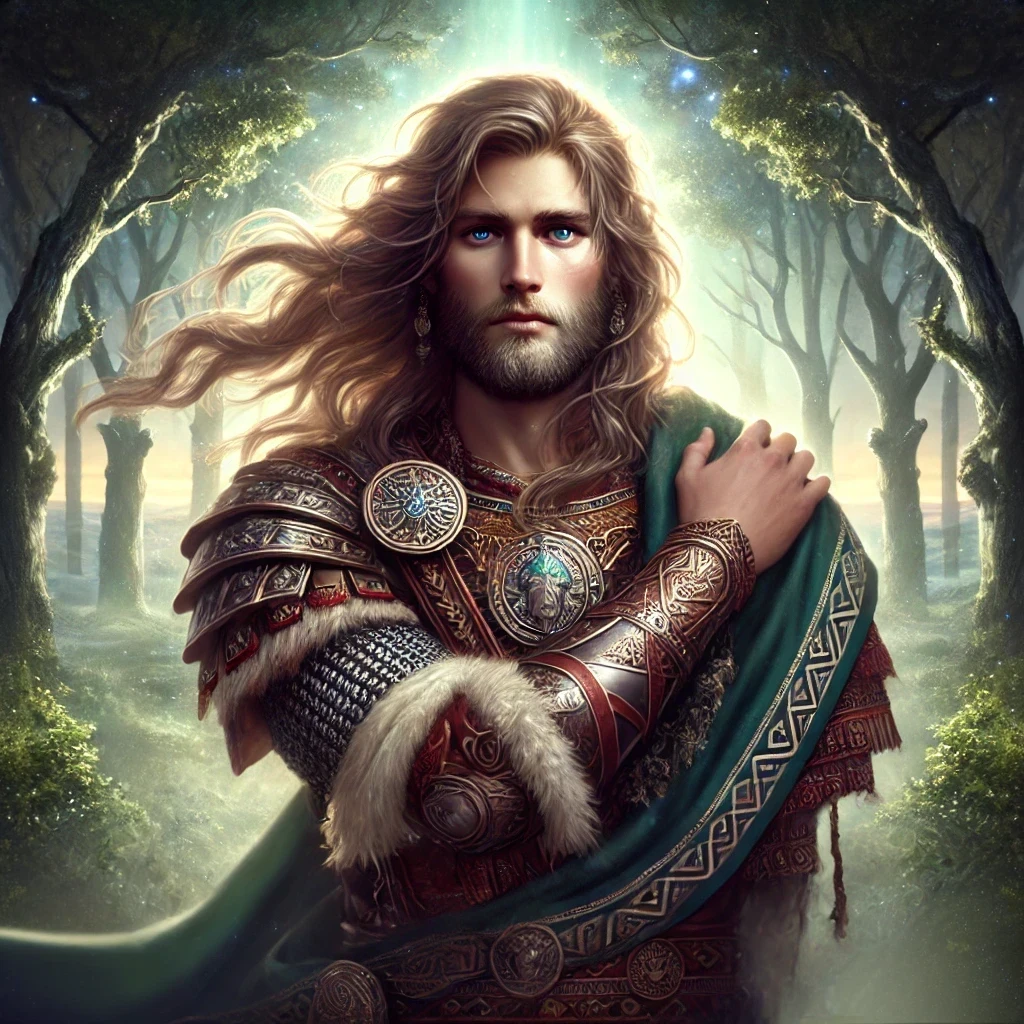Thor, the thunderous warrior of Norse mythology, stands as one of the most recognizable figures in ancient Germanic lore. Revered as the protector of gods and humans alike, Thor’s tales span centuries, blending myth, history, and cultural significance. This article explores the historical roots, legendary exploits, symbolic meaning, and the worship practices dedicated to this mighty deity.
Historical & Cultural Background
Thor’s origins lie deep within the ancient Germanic and Norse traditions, with references dating back to the Proto-Germanic era. His name, derived from the Old Norse “Þórr,” meaning “thunder,” underscores his association with the stormy skies. Thor’s prominence grew during the Viking Age (circa 8th-11th centuries CE), where he became a symbol of strength and resilience for seafaring Norsemen.
Regional Variations
- Scandinavia: Thor’s veneration peaked in Norway, Sweden, and Denmark, where he was seen as a protector of farmers and sailors.
- Germany: Known as Donar, Thor was worshipped by continental Germanic tribes and often invoked for justice and protection.
The conversion to Christianity in Northern Europe saw an attempt to diminish Thor’s importance, yet his legacy endured in folklore and cultural practices.
Myths & Legends
Thor’s legendary tales are rich with drama, humor, and heroism. As the son of Odin and Jörð (the personification of Earth), Thor’s divine lineage placed him at the heart of Norse mythology.
The Theft of Mjölnir
One of the most famous myths recounts the theft of Thor’s hammer, Mjölnir, by the giant Thrym. To retrieve it, Thor disguised himself as the goddess Freyja, culminating in a comedic yet action-packed tale of cunning and strength.
Thor vs. Jörmungandr
Thor’s eternal rivalry with Jörmungandr, the World Serpent, epitomizes his role as a cosmic protector. Their prophesied final battle during Ragnarök highlights Thor’s bravery, even as both meet their demise.
Symbolism
Thor embodies power, protection, and fertility. His hammer, Mjölnir, serves as a multifaceted symbol, representing both destruction and sanctification. Worn as amulets, miniature Mjölnir pendants were popular among Norse pagans as a talisman of divine protection.
Colors and Elements
- Red: Often associated with Thor, symbolizing his fiery temper and the lightning he commands.
- Oak Trees: Sacred to Thor, oaks were believed to channel his energy during thunderstorms.
Associated Objects, Animals, or Plants
Mjölnir (Hammer)
Thor’s hammer is his most iconic attribute. Forged by the dwarves Sindri and Brokkr, Mjölnir’s might is unmatched, capable of crushing mountains and defending Asgard from giants.
Tanngrisnir and Tanngnjóstr
Thor’s chariot, drawn by two goats, Tanngrisnir (teeth-barer) and Tanngnjóstr (teeth-grinder), highlights his connection to fertility and sustenance. In myths, Thor could consume the goats and revive them with his hammer.
Lightning and Thunder
Thor’s dominion over storms is symbolized by lightning bolts and thunderclaps, believed to be the sound of his hammer striking foes.
Powers and Attributes
Thor’s immense strength and martial prowess make him a formidable warrior, but his qualities extend beyond brute force.
Physical Strength
Thor’s unmatched power enables him to battle giants and other colossal threats to Asgard and Midgard.
Protector of Humanity
As a guardian deity, Thor’s vigilance ensures the safety of both gods and mortals. His role as a protector is emphasized in rituals invoking his aid during storms or battles.
Fertility and Prosperity
Thor’s association with fertility is evident in his connection to rain, essential for agricultural success. He is also linked to blessings of wealth and abundance.
Worship Practices & Rituals
Thor’s worship spanned diverse practices, reflecting his multifaceted role in Norse society.
Temples and Shrines
Thor’s temples, such as the one at Uppsala in Sweden, were centers of communal worship. Wooden statues of Thor holding Mjölnir adorned these sanctuaries.
Blót (Sacrificial Rites)
Devotees offered sacrifices, including livestock and mead, to gain Thor’s favor. These rites often coincided with significant events, such as harvest festivals or preparations for battle.
Festivals
- Thorrablot: Celebrated during midwinter, this feast honored Thor and other gods to ensure survival through the harsh season.
Connections to Other Deities
Thor’s relationships within the Norse pantheon reveal his interconnected role in mythological narratives.
Odin
As Odin’s son, Thor represents a balance to his father’s wisdom and strategy with his straightforward, action-oriented approach.
Loki
Though often at odds, Thor and Loki share many adventures. Loki’s cunning frequently complements Thor’s might, as seen in the myth of Thrym’s wedding.
Sif
Thor’s wife, Sif, is associated with fertility and the harvest. Their marriage symbolizes the harmony of strength and sustenance.
Interesting Facts & Curiosities
- Thor’s hammer inspired modern cultural depictions, from comic books to films.
- Thursday (“Thor’s Day”) derives its name from Thor.
- Archaeological finds of Mjölnir pendants indicate widespread devotion to Thor.
- Thor’s hammer was used in rituals to bless marriages and births.
- In the Prose Edda, Thor is portrayed with a short temper but a strong sense of justice.
- Thor’s adventures often include humorous elements, showcasing his relatability.
- In Slavic mythology, Perun shares many attributes with Thor, suggesting cultural exchanges.
- Some modern pagan groups continue to venerate Thor in reconstructed Norse rituals.
- Thor’s role as a protector made him a favorite among warriors and common folk alike.



